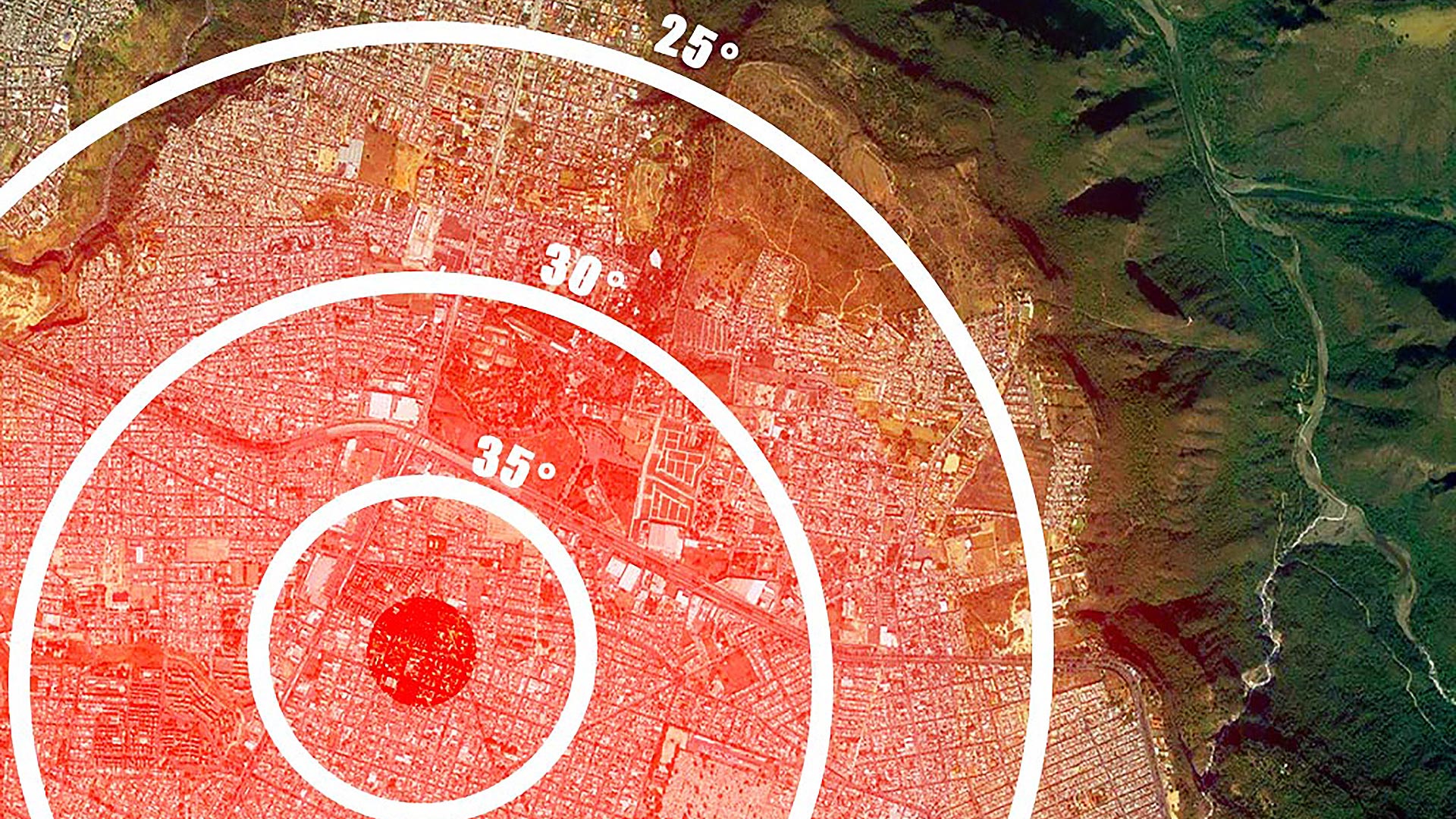Increasingly, green spaces and the placement of trees along streets and boulevards are becoming more and more important in urban developments in cities. From a general point of view, green spaces regulate temperature and humidity, produce oxygen and filter solar radiation. At the same time, they absorb pollutants from the atmosphere and dampen traffic noise. In addition, citizens find them an ideal place to walk, relax and enjoy leisure and free-time. Green spaces and gardens therefore make cities healthier and more liveable places, and are therefore of great importance in urban environments.

In particular, landscaped environments with extensive green spaces bring the following benefits to the city and its citizens:
– Trees play an important role in increasing urban biodiversity.
– Proper placement of trees around buildings can reduce the need for air conditioning by 30 % and winter heating bills by 20-50 %.
– The strategic placement of trees in cities helps to cool the air by 2-8°C, therefore reducing the “heat island” effect, in other words, the build-up of high temperatures due to the huge mass of concrete and other materials that absorb them.
– Research shows that living close to and having access to urban green spaces improves physical and mental health.
– Finally, mature trees regulate water flow and play a key role in flood prevention. Therefore, their presence in sufficient numbers reduces the risks of natural disasters.
——————–
By Ángel Ibáñez Pérez, senior MEP modeller in the Architecture Department of Amusement Logic






